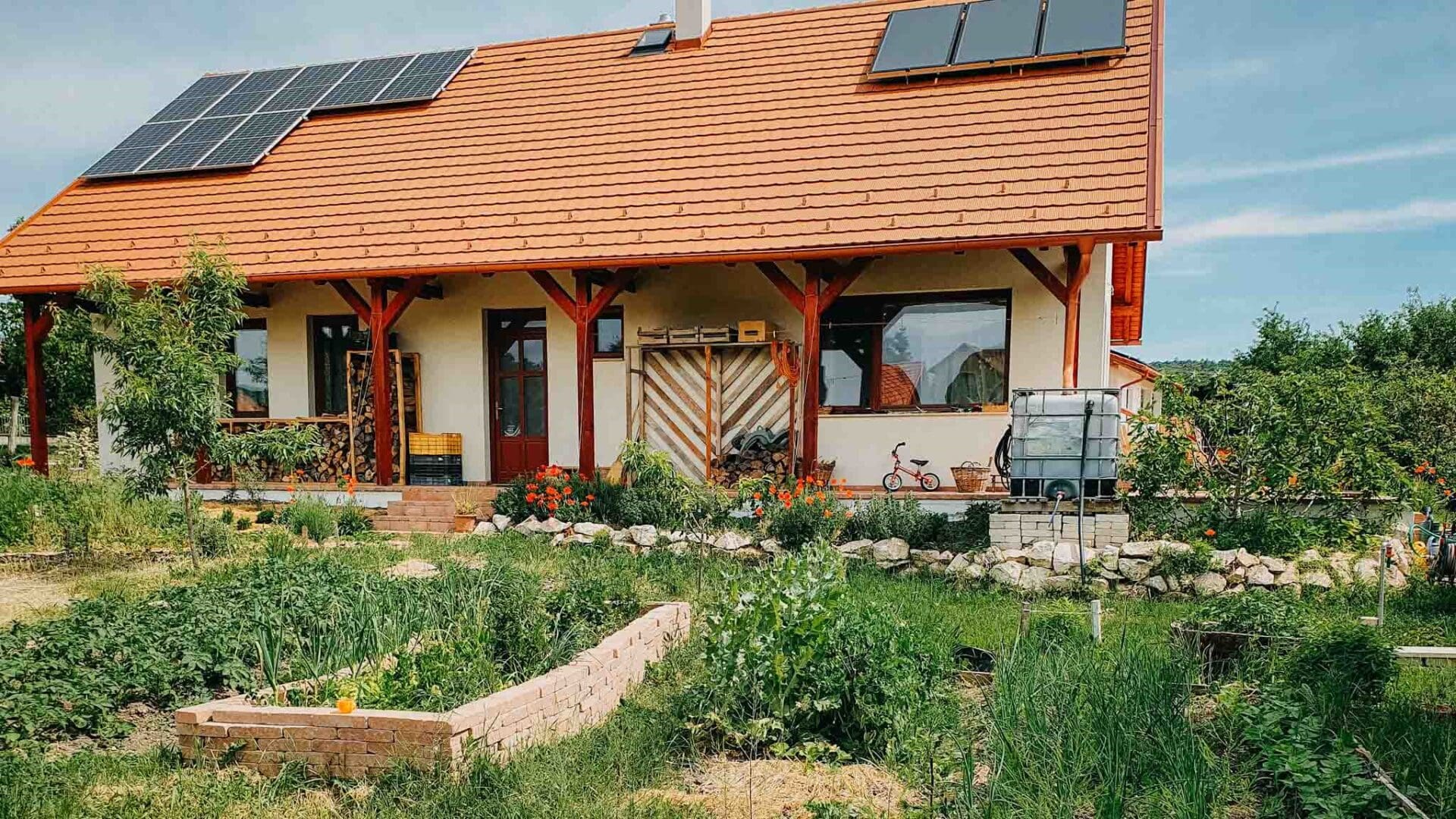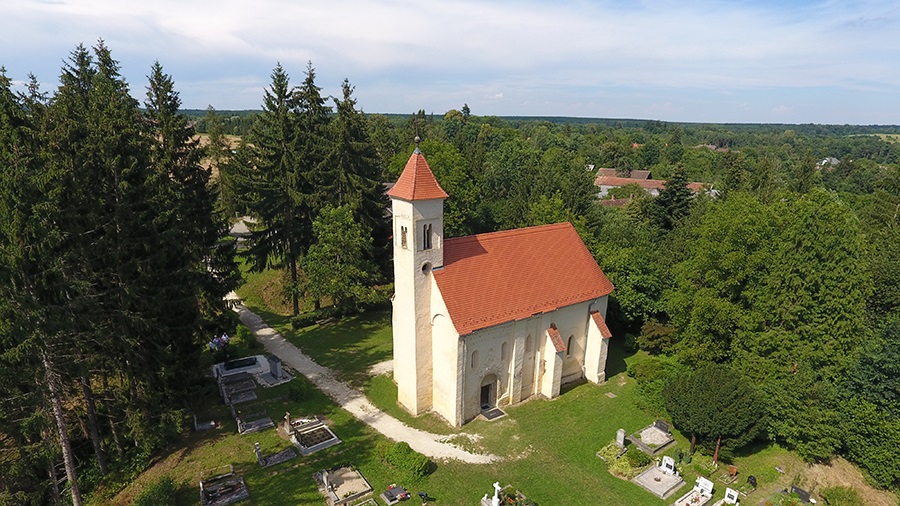The following is a translation of an article written by Orsolya Ferenczi-Bónis, originally published in Magyar Krónika.
They not only provide the family with vegetables, fruits, nuts, herbs, and spices, but also benefit nature—Magyar Krónika spoke with Zsuzsi Mag about permaculture forest gardens in Hungary.
***
How did the idea of creating a forest garden come to you?
For a very long time, we had been longing for an abundantly-yielding and nature-friendly garden. As an ecologist, I was introduced to permaculture in 2012 and started learning about it on my own. When I read British author Martin Crawford’s book titled Creating a Forest Garden, I already knew it was what I wanted. At that time, my husband and I were living in a small apartment of 40 square metres, only planning a garden that would provide us with plenty of goods and enable our family to be partially self-reliant. We soon realised that there was still very little experience with permaculture in Hungary, so it became an important aspect of our project to be able to show what we were creating to others as well.
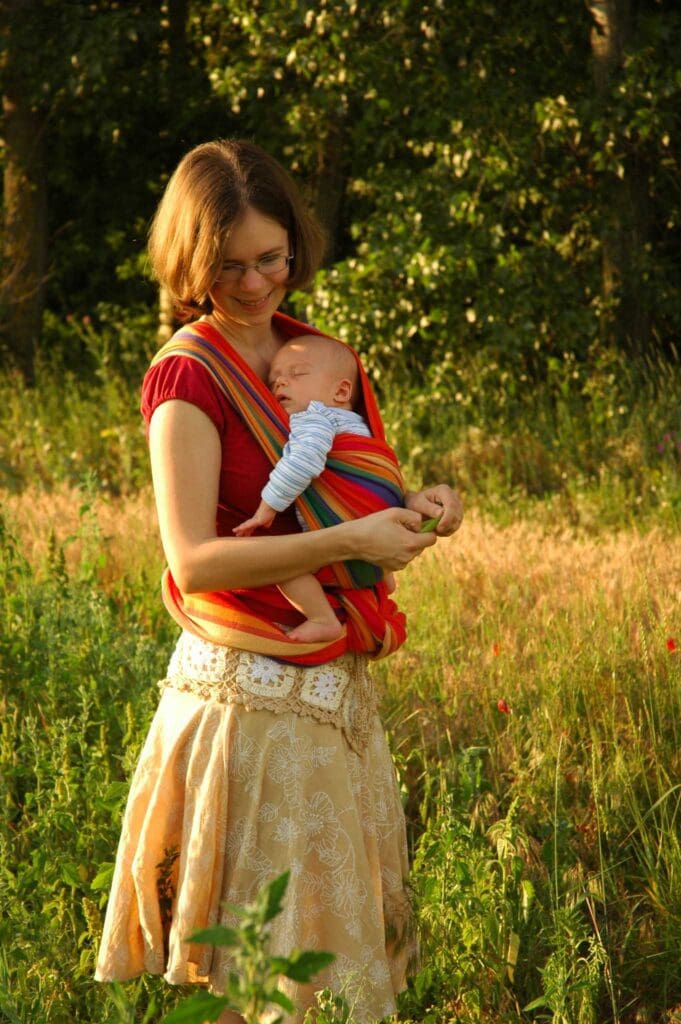
What exactly is permaculture?
In nature, communities function without our help, they support many living things, while our agricultural systems require huge amounts of energy, materials, and labour. The idea behind permaculture is to mimic natural communities to create systems that are similarly stable, diverse, and productive, while in the meantime we do not destroy the world around us. In much of Europe, this type of community is a forest of some kind, hence the idea of the forest garden.
How did you find the proper land for a forest garden?
We found the right land in Fejér County, in the small village of Szár, in the foreground of the Vértes Mountain. We knew how much land our family would need to grow the crops we had planned, but as we wanted to experiment with many more things, we chose a bigger one. That’s why it was also important to make sure that the area was not too dry, extremely wet, rocky, or frozen. We had our son in 2013, then we bought the plot in 2014 and moved in two years later when our house was built.
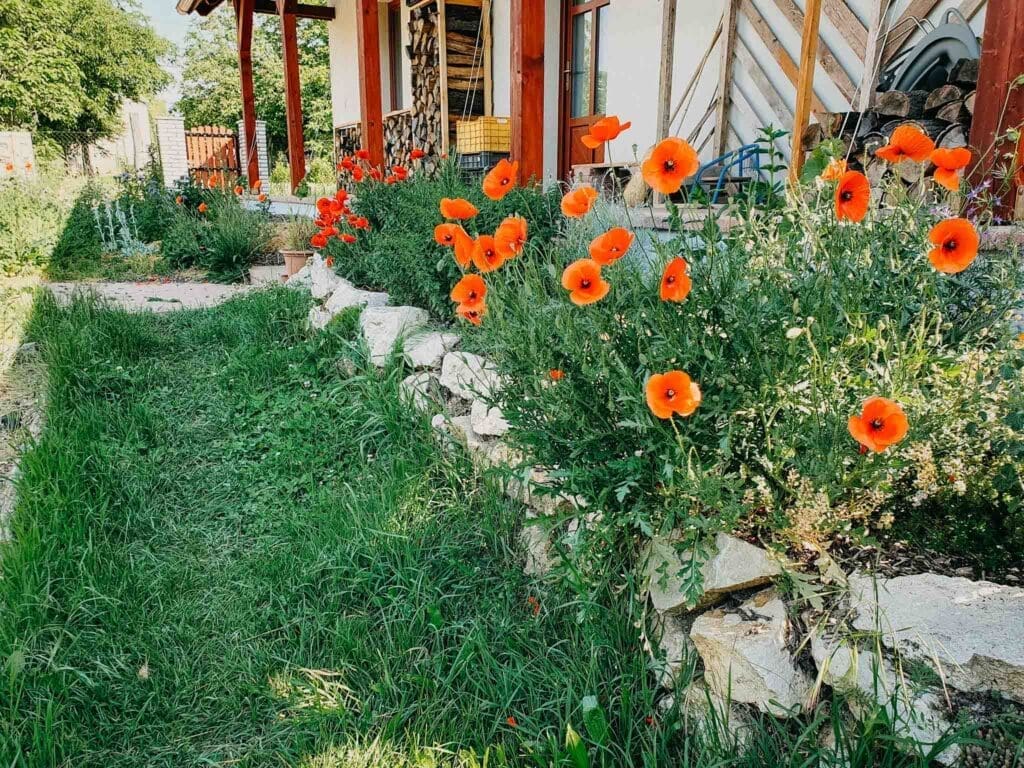
It can be a very different quality of life for children growing up in such an environment rather than in the city.
Yes, and it’s not just the children who love it so much, but us parents, too. The garden is a fundamental part of our lives, and the good thing about this kind of gardening is that it’s also very rewarding in terms of work. We also have a vegetable garden, which means more things to do, and there are a few small work peaks in the year, but it is mainly the harvest that is the bulk of the work now. It was harder in the beginning, of course, as we had to plan and plant a lot, as well as keep the young seedlings alive. However, once we got over that period, it became much easier to maintain the garden. In addition, the forest garden now has a significant impact on our family’s food supply, which is only going to increase now, as more and more crops and herbs are grown every year.
You mentioned that you also wanted to experiment. What were your experiences?
The author of Creating a Forest Garden is the owner of the most famous temperate forest garden and has written his book based on almost twenty years of experience. England has an Atlantic climate, thus it’s not as hot there as it is in Hungary in the summer, and there is much more rainfall, so it’s much more humid, wetter, and cooler. Ninety-five per cent of the recommended plants are suitable for our climate, too, but some heat-loving plants are absent in the book and the English school of forest gardening, although we wanted to experiment with their cultivation. It is also interesting to see how the optimum structure of a Hungarian forest garden differs from an English one. Here, the sunlight is very intense in the summer, so it makes sense to plant everything more densely because the shrubs need more shade as well. I have blogged about my experience from the beginning, although I only had time for a few posts a year with two small children, finishing my PhD dissertation, and working in the garden, but soon I started to get requests from people interested in the subject to come and see our garden. At first, I resisted, but then I realised how important it is to share experiences with others. In the meantime, the Hungarian Permaculture Movement was founded, and I took an active part in its activities. The movement’s website has a map showing where there is such a garden in the country—and their number just keeps growing. When I advertise a garden tour, it always fills up quickly, as does the permaculture planning training we have been running for years now. There is a growing interest in the subject, with many people feeling it is increasingly important to move in a more sustainable direction.
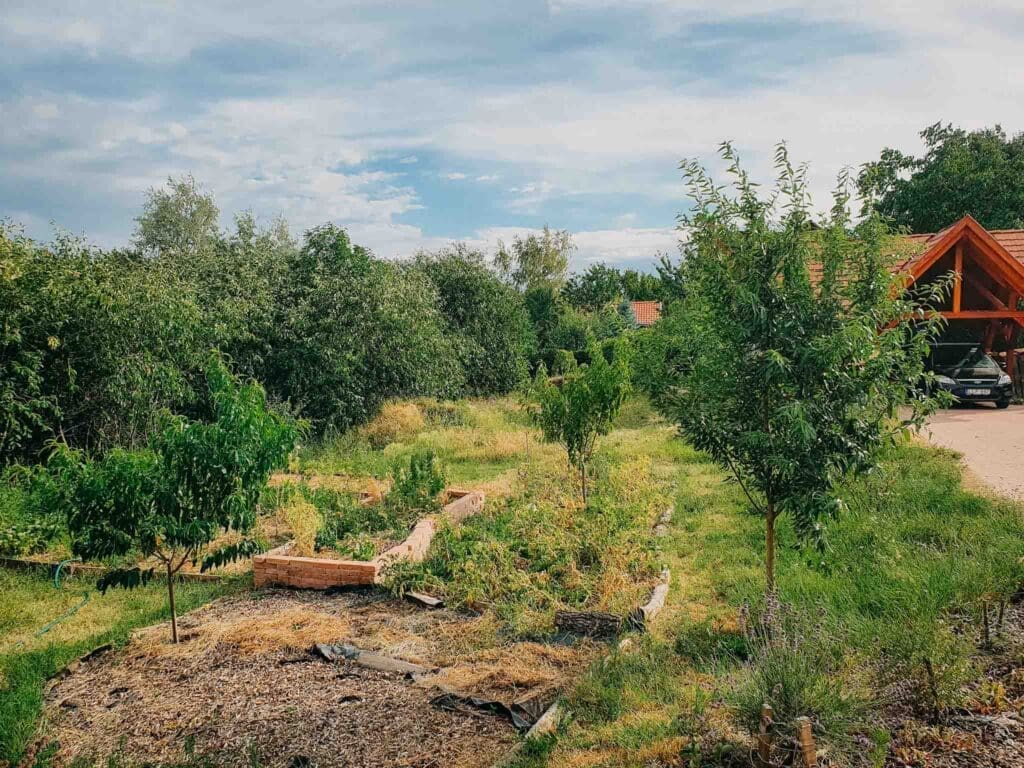
Does your house also reflect this approach?
Yes, permaculture is not just a gardening trend: it transforms the whole way you look at things. Whatever we do in life, we look at what we are doing to the world and try to find solutions that are good for us and for nature, too. We have a very efficient, low-energy house—we’ve tried to think carefully about its design when building it. One of the important things was, for example, not to oversize it. We have ninety square metres of usable floor space, and we feel that it is plenty for our family of four. We use wood for heating and solar panels for hot water. We try to catch the rainwater from all the roofs, and there are small rainwater collectors everywhere in the garden as well. And since the best way to store water is in the ground, we make sure it doesn’t run off the garden. It’s also a conscious effort, and one that also comes from permaculture, to try to blur the boundary between the garden and the house. Stepping out of the kitchen, there is a circle of herbs and spices around our patio, and I pop out three or four times a day to pick whatever I’m preparing. But now the kitchen counter is also an integral part of the garden because I grow many plants there from seed, and then as they grow and need less attention, I gradually move them out of the house. These gradual transitions between the garden and the house are typical—we are living outside more and more, which makes living here enjoyable and gardening efficient.
Related articles:
Click here to read the original article.

